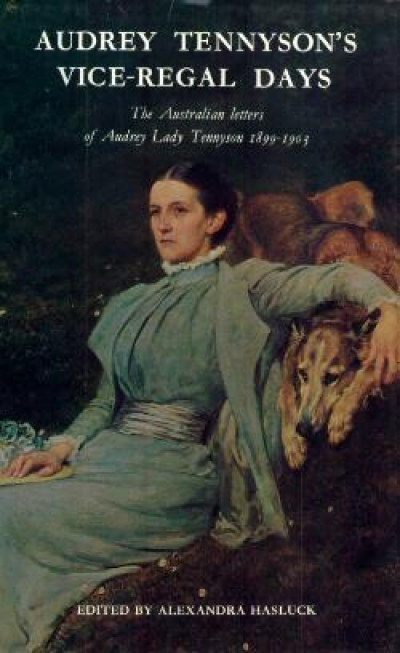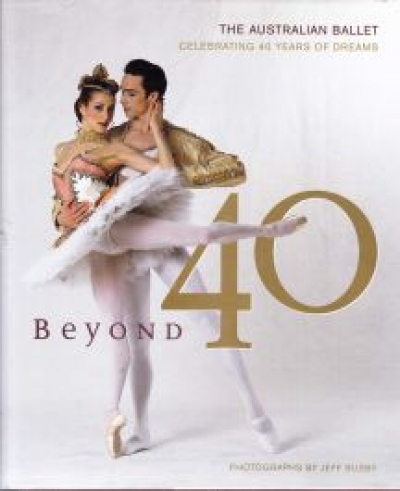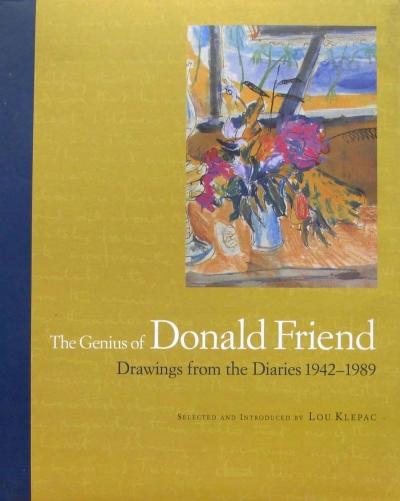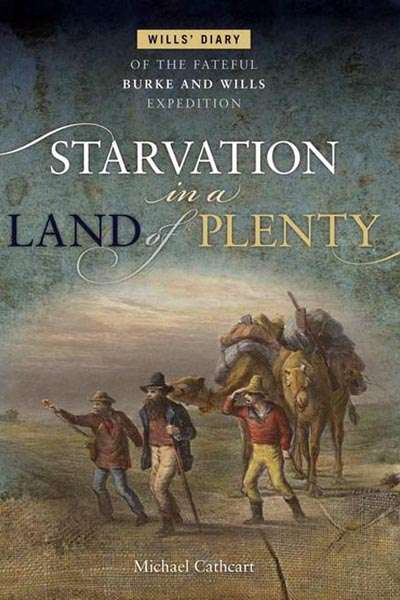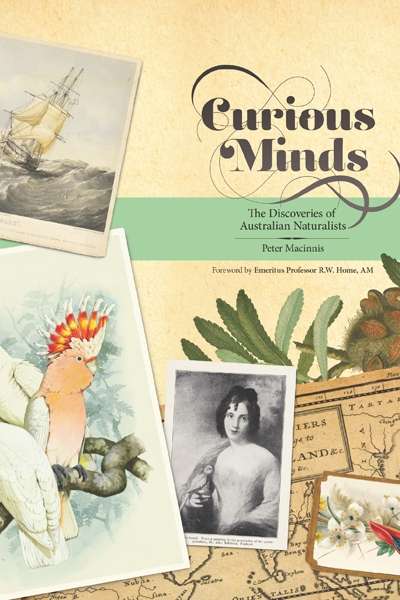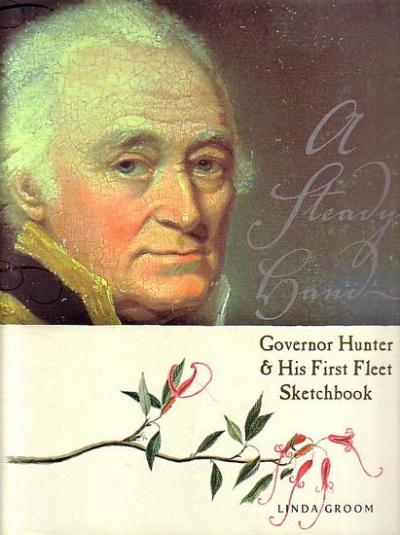National Library of Australia
Audrey Tennyson's Vice-Regal Days edited by Alexandra Hasluck
by Clement Semmler •
Beyond 40 by Jeff Busby (photographer) & A Collector's Book of Australian Dance by Michelle Potter
by Robin Grove •
The Genius of Donald Friend: Drawings from the diaries 1942–1989 by Lou Klepac
by Alison Broinowski •
Story Time: Australian Children’s Literature
National Library of Australia
by Margaret Robson Kett •
03 December 2019
Like a party where you hope to see famous faces, this exhibition offers the familiar – the Green Sheep, the wombats, the Magic Pudding – but also the chance to meet half-remembered friends and to make new ones. Story Time: Australian Children’s Literature, the result of three years’ work by curator Grace Blakeley-Carroll, features works from NLA’s collection and beyond. In the exhibition’s companion book, Story Time Stars, Blakeley-Carroll writes that, ‘regardless of whether we have children in our lives, we were all once young and many of us hold dear the stories of our childhood’.
... (read more)Australia’s First Naturalists: Indigenous peoples’ contribution to early zoology by Penny Olsen and Lynette Russell
by Anna Clark •
Emporium: Selling the dream in colonial Australia by Edwin Barnard
by Christopher Menz •
Starvation in a Land of Plenty: Wills’ diary of the fateful Burke and Wills expedition by Michael Cathcart
by Peter Menkhorst •
Curious Minds: The Discoveries of Australian Naturalists by Peter Macinnis
by Peter Menkhorst •
A Steady Hand: Governor Hunter & His First Fleet Sketchbook by Linda Groom
by Alisa Bunbury •
Heysen to Heysen: Selected Letters of Hans Heysen and Nora Heysen by Catherine Speck
by Christopher Menz •

